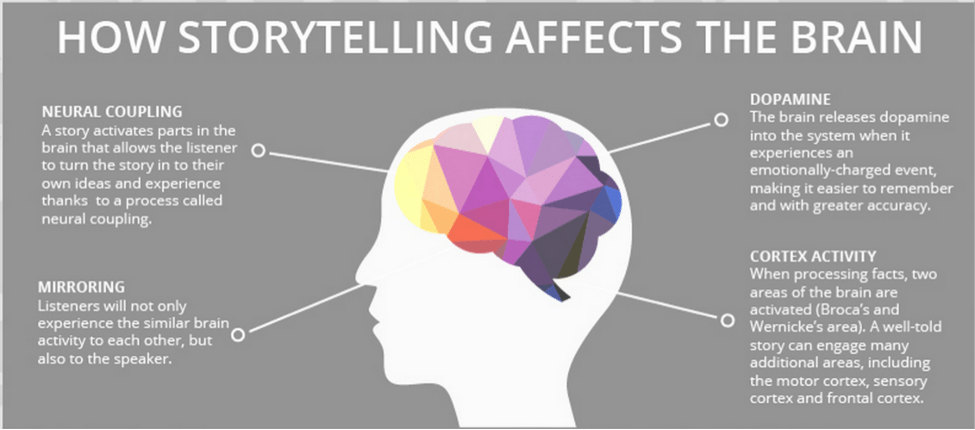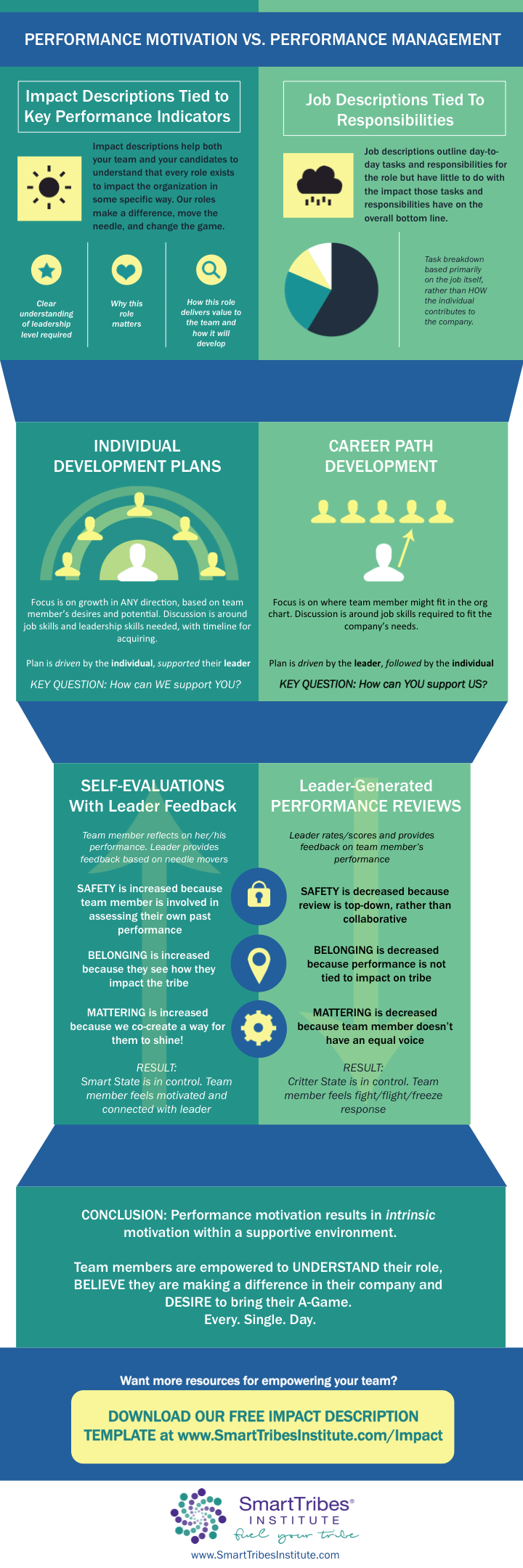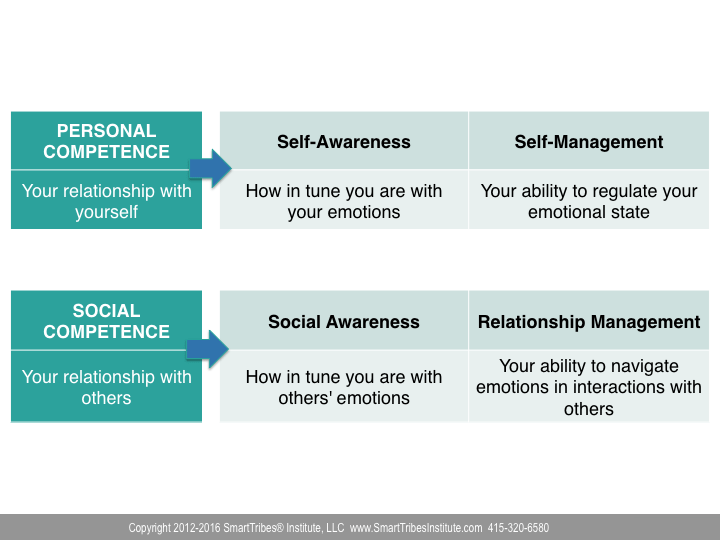
*As originally seen on Forbes.com
Are you ready for 2017? What will make it your best year yet?
Will it be tackling key goals? Finally getting those long-delayed “to do” items off your list? Or will it be taking your leadership to an entirely new level?
I’m hoping for the latter—and if you’re on board, I’ll be right there with you. Here are the four key areas that should be on every leader’s agenda for the New Year.
1. Lead With A Great Story
“Every great leader is a great storyteller.” — Howard Gardner, Harvard psychologist
Storytelling is a tool that is more powerful than most leaders realize. Paul Smith, author of Lead with a Story: A Guide to Crafting Business Narratives that Captivate Convince, and Inspire, says that: “storytelling is useful in far more situations than most leaders realize. The five most commonly used are probably these: inspiring the organization, setting a vision, teaching important lessons, defining culture and values, and explaining who you are and what you believe.” Stories help your team take the journey with you and share in the triumphs. Stories are memorable, so make sure people are remembering you in a positive way.

Source: www.educatorstechnology.com
Here’s the storytelling “recipe” that my executive coaching clients love. If you are ready to dive deeply into each of these “ingredients” see my blog “Why Leaders Need To Be Great Storytellers.”
Step 1: Focus On Your “Story Customer” And Their Context: Who is the story for?
Step 2: Make It Authentic: Telling a fairy tale won’t cut it, your “Story Customer” wants an authentic Happily Ever After.
Step 3: Give The Story Movement: Make sure your story moves from problem/challenge to a more desirable outcome.
Step 4: Make It Value-Oriented: Your story doesn’t need to be an action-packed, overly dramatic screenplay that J.J. Abrams wants to direct, it needs to demonstrate your values and provide insight on how you will show up for your team.
Step 5: Test The Efficacy: Tell your story and make edits as needed. It’s not carved in stone.
2. Use A Collaborative Approach To Motivate Performance
Performance motivation is intrinsic motivation within a supportive environment. Team members are empowered to understand their role, believe they are making a difference in their company and desire to bring their A-game. Every. Single day. This infographic lays the groundwork.

3. Boost Your Emotional Resilience

Are you done with the drama? Tired of negative meaning making?
In order to be emotionally resilient, you must increase your EQ (emotional intelligence). To briefly recap from my previous blog on EQ, there are four steps:
1. Figure out what you’re feeling
2. Take a breather
3. Consider the recipient
4. Focus on the outcome
Let’s create an environment where you as the leader get the results you want and your team members feel powerful, effective, enrolled and engaged. In order to do this, leaders must be able to manage their emotional state. Remember when I talked about how you can choose your meaning in any given situation? No matter what happens outside of us, we always get to choose the meaning we make about it inside. Emotional resilience is the ability to deal with the toughest, most challenging situations. It’s being able to bounce back even when you fail big. Emotional resilience is the one thing that will ensure you navigate through situations where others would give up. An article in Time discusses the research conducted by Steven Southwick and Dennis Charney that dives deeply into how the toughest people summon the will to keep going. They found 10 things that emotionally resilient people have in common.
1. Be Optimistic
2. Face Your Fears
3. Have A Moral Compass
4. Practice Spirituality
5. Get Social Support
6. Have Resilient Role Models
7. Maintain Physical Fitness
8. Keep Your Brain Strong
9. Be “Cognitively Flexible”
10. Find Meaning In What You Do
Neuroscience says there’s only one real way to deal with fear: to face it, head on. This is what the most resilient people do.
4. Bust Workplace Bullies
It’s time to get serious about busting bullies. They are scary, shocking, embarrassing and have been tolerated in the workplace for too long. Leaders avoid dealing with them because they don’t want the attack, conflict and discomfort. And bullies can be hard to detect because they often work within the rules of the organization. This stops now. Don’t let bullies disrupt and eventually cripple your company. If you have bullies in your culture, start with this plan on January 1.
My 3-Step Bully Rehab Plan:
1. Identify how you are enabling the situation
2. End the enabling behavior
3. Set up a new system with healthy boundaries and behaviors (rich in safety, belonging, mattering and shifting from tension to empowerment)
To see an example of how this rehab plan works, my previous blog goes into more detail. Remember, the targets of bullying are not always the weakest players – they are often the strongest. Bullying is a cycle that will result in prevalent Critter State, high employee turnover rates, far less revenue per employee, increased absences, the list goes on and on. It’s up to the leader to recognize that they are responsible for a team member’s bullying behavior. Confront the bully, use my formal feedback steps, turn their skills into assets if possible and create the culture of your dreams, a real SmartTribe.
For more info in bulling in the workplace and how it’s affecting your bottom line, check out my most recent post: “75% of Workers Are Affected By Bullying – Here’s What To Do About It.”
Chime in if you’re game to share this journey to the next level of leadership!






